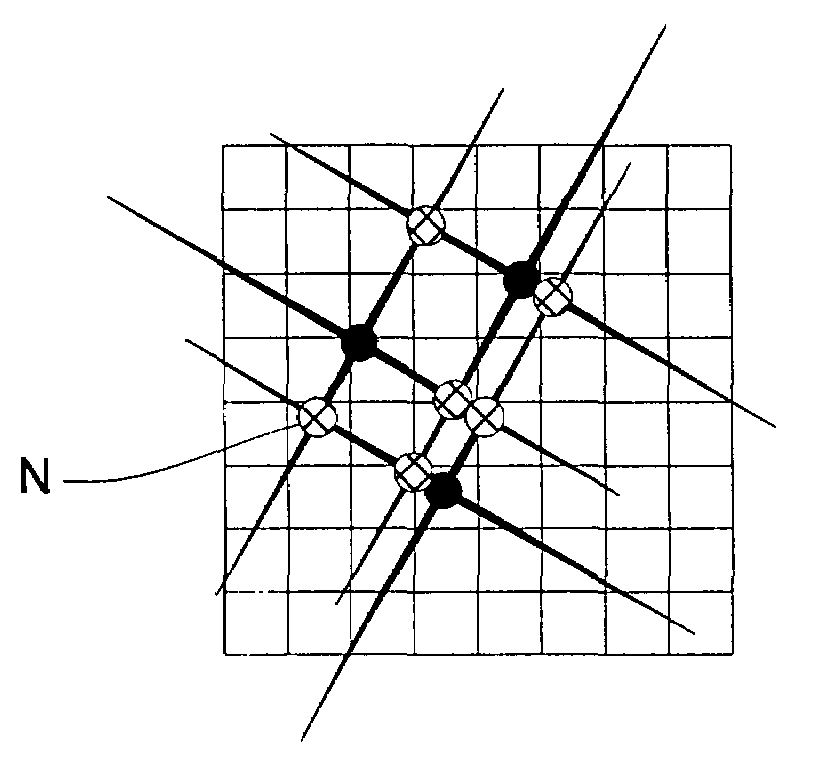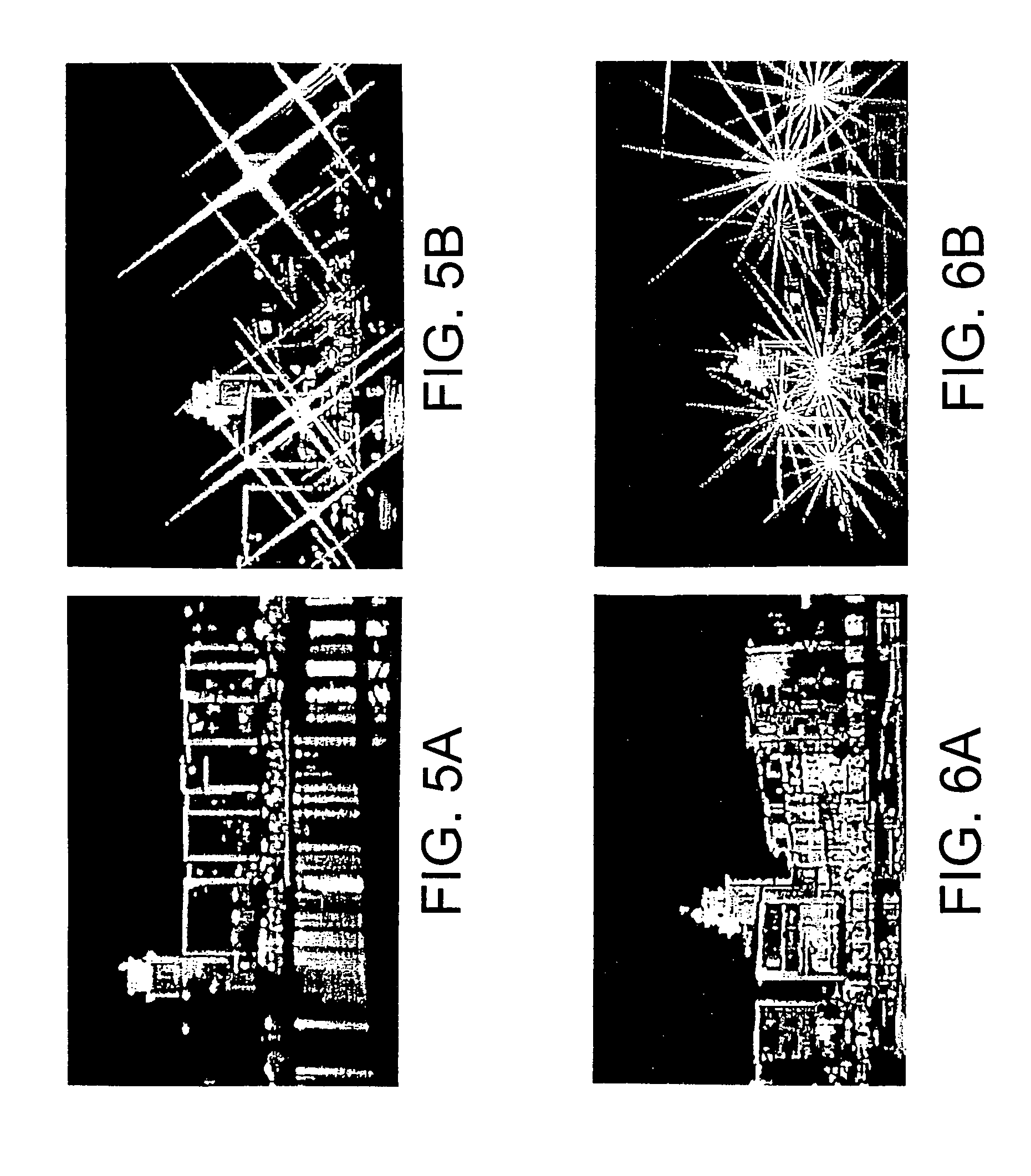Positional marker system with point light sources
a technology of point light source and marker, which is applied in the field of positioning marker system, can solve the problems of large space occupation of markers, difficult to attach to small or very thin objects, and large dimensions of markers and/or the active or emitting portion of markers
- Summary
- Abstract
- Description
- Claims
- Application Information
AI Technical Summary
Benefits of technology
Problems solved by technology
Method used
Image
Examples
Embodiment Construction
[0024]FIGS. 1A and 1B show a contrast between a conventional positional marker system 1 (FIG. 1A) and a positional marker system 2 (FIG. 1B) in accordance with the invention. The markers of the conventional system 1 are the actual reflecting surface of a reflector marker 11, 12, 13. Usually, spherical or discoid retro-reflecting surfaces are used that reflect light in an output direction over a relatively large area. This generates a projection of the marker within the tracking system. Three such markers, for example, can be attached to a patient's body part or on a rigid body (marker geometry), in order to ascertain a spatial position of the markers via a tracking system. The markers 11, 12 and 13 of the conventional marker system 1 exhibit different center-to-center distances from each other, such as, for example, 100, 120 and 150 mm, and they have a diameter of 10 mm. The positioning tolerance or positioning accuracy, e.g., the accuracy in determining the spatial position of indi...
PUM
 Login to View More
Login to View More Abstract
Description
Claims
Application Information
 Login to View More
Login to View More - R&D
- Intellectual Property
- Life Sciences
- Materials
- Tech Scout
- Unparalleled Data Quality
- Higher Quality Content
- 60% Fewer Hallucinations
Browse by: Latest US Patents, China's latest patents, Technical Efficacy Thesaurus, Application Domain, Technology Topic, Popular Technical Reports.
© 2025 PatSnap. All rights reserved.Legal|Privacy policy|Modern Slavery Act Transparency Statement|Sitemap|About US| Contact US: help@patsnap.com



